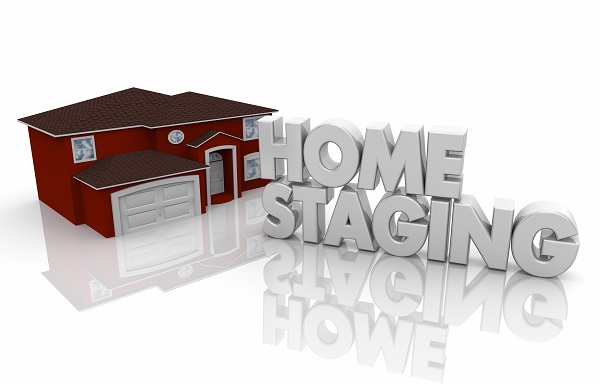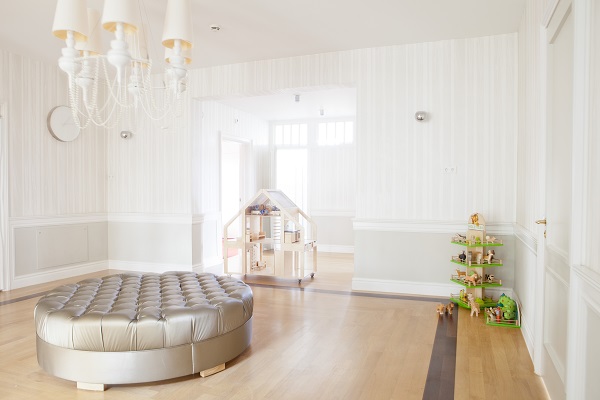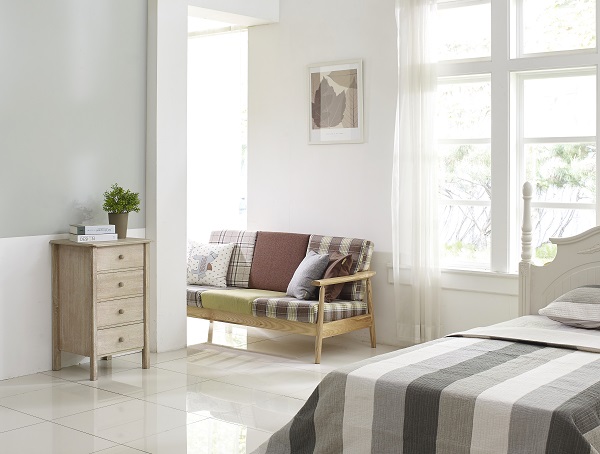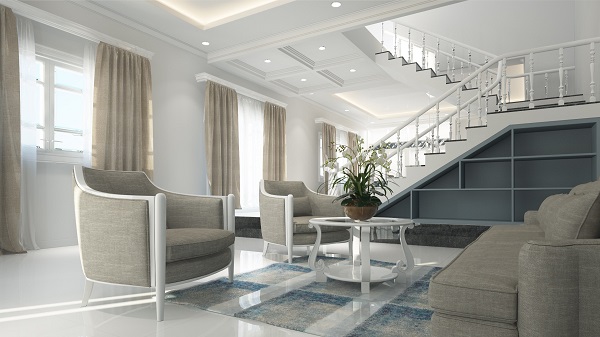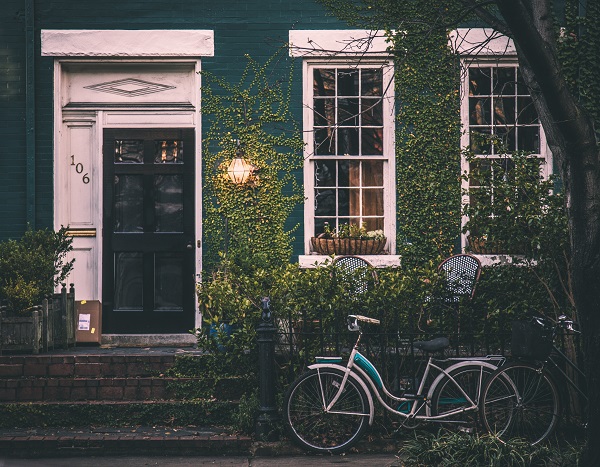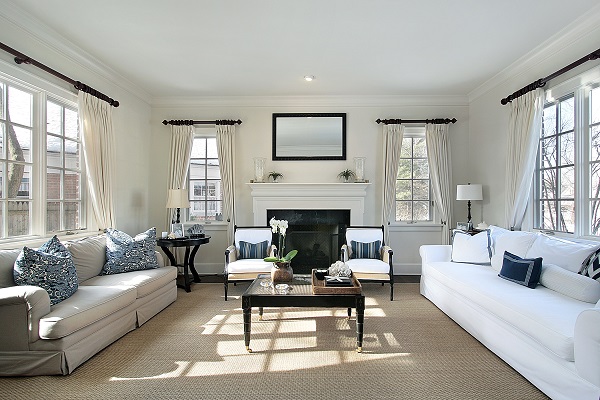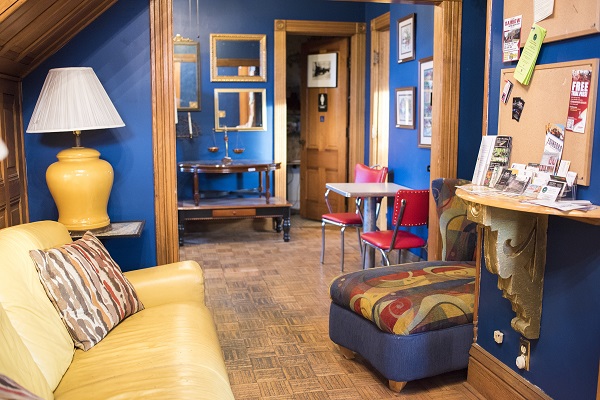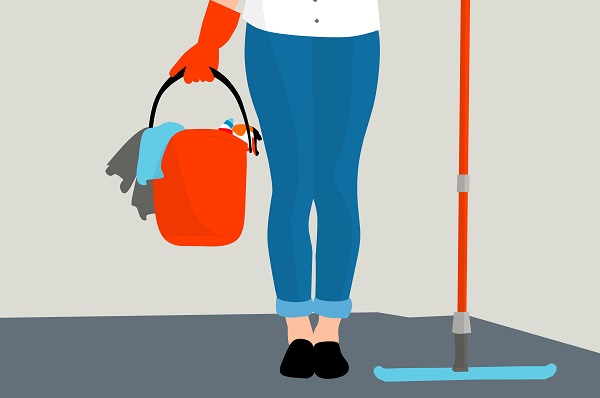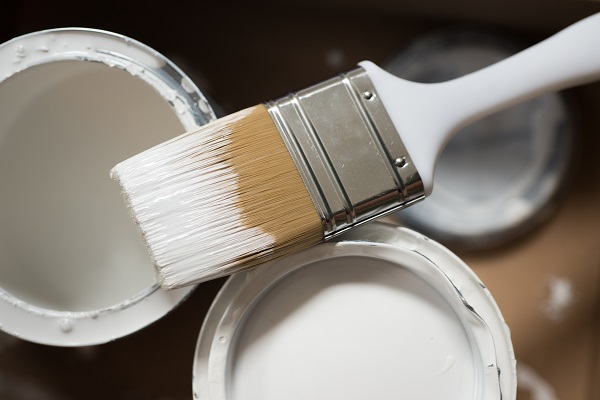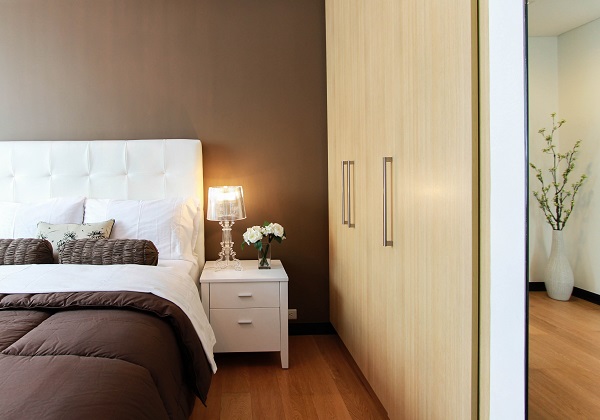Twelve Ways to Help Ensure Staging Gets You the Highest Offer
Done properly, staging helps highlight the best assets of your home and allows people to imagine its full potential. Unlike empty homes, staged properties still feel inviting and lived in but without compromising on the aesthetic presentation.
Especially in this day and age, people who are looking to get into the real estate market are likely scrolling through Pinterest, combing through Instagram, and watching HGTV to get home inspiration. What does that mean? People are used to seeing absolutely immaculate, beautiful, magazine-ready homes. If your house is cluttered and messy when you show it, you’re setting yourself up for some disappointed potential buyers.
Is Home Staging Right for Me?
Staging is simply the preparation of any home for sale on the market, and that can mean lots of different things. For some sellers, staging just means a quick declutter and a once-over with a mop; for others, it means hiring a professional crew, emptying the home, and renting an entire houseful of staging-specific furniture. So, when trying to determine if staging is the right option for you, it’s more about figuring out to what extent you want to prepare your home.
Knowing the data behind staging can likely help you answer this question. In a survey by the National Association of Realtors (NAR), 29 percent of agents said staged homes went for 1 percent to 5 percent more than homes that had not been staged. Sale time is a factor to consider as well. In that same study, 39 percent of agents said staging reduced how long a home sat on the market. When you consider the carrying costs associated with owning a home, it can add up to big savings to have a sale pushed through quickly.
These numbers can give you a sense of how much you should consider spending on staging. Check out these estimates for how much it costs to stage a home to figure out if staging makes sense for your property.
If you’ve done the math and decided to move forward with your staging efforts, here are twelve tips to take into consideration—six things you should always do when staging and six things to never do:
The 6 Dos of Home Staging
- Do Away with Clutter (This Includes Furniture!)
The number one rule of staging is to pare down everything you own. That can mean making donation piles, moving stuff to your new home early, or renting a storage unit. You can also try hiding things away in seldom-seen areas of the home, but this isn’t usually ideal. Stuffing your closets with miscellaneous items will only make those storage spaces feel small, and potential buyers are notorious for peeking into every cupboard, cabinet, and drawer!
Whatever method you use to get rid of clutter, the idea here is that a nearly empty house simply looks bigger. Decluttering, therefore, definitely involves bigger items, such as furniture. Move anything extraneous out of the house before showings start.
- Make Everything as Bright, Light, and Airy as Possible
Nothing makes a room look more closed off and uninviting than a lack of light. Before every showing, open blinds and turn on lights. If your lighting fixtures are particularly dated or unappealing, consider replacing them as part of your staging efforts. It’s a relatively inexpensive fix that can make a big difference.
If it’s been a while since you’ve done a thorough clean, dust off all those bulbs. It’s surprising how much a layer of dust can actually dim the light output. If your existing light bulbs don’t seem to be doing the room any justice, check the Kelvin rating. A daylight bulb is between five thousand and six thousand Kelvin.
- Artfully Arrange Furniture
If you’re working with a professional staging team, they will likely handle all the heavy lifting, both literally and metaphorically. A professional crew will pick out the staging furniture and arrange it exactly where it should go.
If you’re opting for a more do-it-yourself staging job, though, it’s important to remember that picking where to put your staging furniture is almost as important as picking the actual furniture itself. Insider pro tip? Don’t push couches, chairs, and tables up against the wall. This technique is known as “floating.” Pull the pieces together with a nice area rug as a visual anchor.
- Don’t Neglect the Outside of the Home
When many home sellers think of staging, they often imagine perfectly sparse and artfully decorated rooms. Staging, however, is a cover-all term that applies to the entire property. That’s the exterior and the interior. Even the garage is fair game. Essentially, anywhere a potential buyer is going to wander through is eligible for a staging-specific makeover.
- The Finishing Touches Matter
Staging is a delicate balance between minimalism and personality. Sure, you can expertly stage a home with beautiful furniture, but if that’s all you do, you run the risk of your home looking like nothing more than a furniture room sales floor. You want the place to look immaculate, but you also want potential sellers to imagine themselves actually living in this place. That’s where small personal touches can make a big difference.
Whether it’s a vase of freshly cut flowers, a bowl of nicely arranged fruit, or some crisply folded linens in the bathroom, these touches help take the home from sterile to inviting.
- Start with the Important Rooms
Selling your home is a hectic time. Especially if you’re still living in the place while it’s on the market, expect lots of last-minute cleaning and rushing around to get you, the kids, and the dogs out of the place before that viewing appointment. If you’ve got a lot on your plate and you’re concerned about creating the perfect house top to bottom, prioritize and scale down.
Remember, renting furniture for every room in your home means the rental expense, but in many cases, it also means a storage unit fee for storing all your belongings. It adds up quickly. If you’re short on time, money, or both, see to the living room first. Most agents agree this is one of the most critical places to stage. If your budget and schedule allow it, move to the master bedroom and then the kitchen. Tackle all spare rooms and extra spaces last.
The 6 Don’ts of Home Staging
Remember, these are things you never want to do when staging a home. With that in mind, here are the top six tactics to avoid when looking to maximize your home sale profit.
- Indulge in Theme Rooms
Theme rooms might seem cute and fun, especially for children’s rooms, but they should be dismantled and redone before your house showings begin. Yes, your five-year-old son might be obsessed with dinosaurs right now, and it’s perfectly fine to plaster every inch of his bedroom in T. rexes and Stegosaurus, but who knows how the new homeowner is going to use this room? Maybe it’ll be a home office or a guest bedroom. In either case, the floor-to-ceiling dino wallpaper isn’t exactly appropriate. Return each room to a neutral state so every potential buyer can imagine the limitless possibilities of the space!
- Opt for Decor That’s Hyper Personal
If you suspect you’re going to be selling your home in the next few years, be mindful about any design changes you make to the home during that time. Especially if you’re undertaking any remodeling and are making more permanent changes to the house than surface updates, such as paint or hardware, resist the urge to put in anything that’s too personal to your tastes.
Even if you adore French actress, singer, and animal rights activist Brigitte Bardot, resist the urge to paint her face on your wall!
- Go Bold with Eccentric Colors
One of the joys of homeownership is the ability to do just about anything you want to the house. Hate those cabinets? Replace them. Never liked the color in that office space? Paint it something new.
When you’re looking to stage a home, though, you’re no longer just decorating and redesigning for yourself; you’re doing it for the next person to buy the house. The problem here, of course, is you don’t know who those people are going to be or what their preferences will look like. If a potential buyer absolutely loathes the color orange, and you’ve painted every inch of your house burnt pumpkin, you’ve already got your buyers thinking about the hassle, time, and expense of painting the house, which doesn’t put anybody in a buying mood. Stick to neutral colors and design choices. You want the house to look fresh and new in a way that appeals to the masses.
- Pack the Dust Mop and Vacuum First
When prospective buyers walk into a home, one of the first things they’re going to notice is something not a lot of home sellers think about: the smell! If you’ve got big dogs, cats, or little children, your home can accumulate some pretty funky odors, and because you live there every day, you don’t always even notice them. The best way to rid your house of these malodorous deterrents? Clean. Clean. Clean. (And then clean some some.)
Scrub down surfaces, wash linens, and shampoo your carpet. This relatively minor expense could actually make the difference between a good first impression and a potential buyer who’s already put off by the home.
If your mind jumps to scented candles, incense, or air fresheners, think again. Lots of people are allergic to (or highly sensitive to) these artificial scents. Stick with more natural means of freshening the house. Open the windows, put down the toilet seat in the bathroom, grind some lemon peels in your garbage disposal, and do a deep clean after you’ve removed your furniture but before the staging material arrives.
- Assume Those Small Last-Minute Problems Are the New Buyer’s Problem
Every homeowner knows all those small, nagging problems that are present in every home. A little bit of chipped paint here. A sticky window there. A leaky faucet in that seldom-used downstairs bathroom. Taking care of these inexpensive problems (that have been on your to-do list for months now) should definitely be part of your staging strategy.
In competitive markets, potential home buyers have sharp eyes, and these little details can make all the difference. You don’t need to shell out a lot of money—big issues will likely be handled after a home inspection—but taking care of little things will ensure your more obvious staging work isn’t undermined.
- Use Any Room as…Well, Anything
The last thing you want a potential home buyer to be doing is scratching his or her head when entering a room. If the space is intended to be a bedroom, stage it as a bedroom. If it’s meant to be an entryway, keep it clear of clutter and furniture. The layout of the home should be clear and straightforward, and your staging should help make that apparent.
If you’re thinking about putting your home on the market, it’s an exciting (but often scary) time. If you’ve never listed a home before or you just feel you could use the professional guidance of a team experienced in your market, reach out today! We’d love to chat!

